How to Use Social Media for Business
Looking to build business reach on a low budget? Social media is your handy, cost-effective marketing method that is accessible to everyone.
Whether your business has an established social media presence, or you want one but don’t know where to start,
Infoserve have put together a simple guide on the hows and whys of social media marketing to get you started.
Why your business needs social media
4.62 billion social media users were recorded as of January 2022. In fact, Data reportal states:
‘Global social media users have grown by more than 10 percent over the last 12 months.’
With Hubspot reporting that 67% of consumers are more likely to spend on a brand they follow,
you absolutely cannot afford to miss out.
So:
Here are 4 key reasons why your business needs a social media platform:
Social media can be used to:
- Increase brand awareness and trust
- Build customer relationships
- Make direct sales
- Network efficiently
How to create a social media strategy
1/ Conduct a social media audit
The first step to creating a social media strategy is to conduct an audit on your existing social media platforms. This will give you a solid understanding of what has worked for you in the past, and define areas for improvement.
For a free social media audit, contact the
social media team at Infoserve.
2/ Set SMART goals
You should always set goals before creating a social media strategy, as this will give you a sense of direction, and a viable measure of success.
Make sure you set goals that are specific, measurable, achievable, relevant and timely (SMART goals). You will need to refer back to these regularly to ensure your content strategy is succeeding.
3/ Define your target audience
You need to understand your target audience before you can advertise your product to them. Begin by asking yourself what their pain points are, and consider how your company provides a solution.
You should:
- Look at your current customers
- Study your competitors
- Know the benefits of your product/service
- Determine your market’s interests
- Create customer personas
Visit our blog on
how to define your target audience for further details.
4/ Choose the right platform for your business
There are a multitude of social media platforms in the world that each have a different purpose. While it might be tempting to focus all of your efforts on Facebook because it has the most users of any social media platform, this is not the most effective strategy to adopt.
Start by looking at your now defined target audience and which platforms they are most likely to be using.
For example, if your target audience are other businesses (B2B) then your first priority should be creating a trustworthy profile on LinkedIn.
5/ Conduct competitor research
To understand which strategies work best within the social media market, you have to know what your competitors are doing.
It might be tempting to create a profile that is entirely unique and different, but if your competitors are creating content that gains traction, you need to understand why.
Look at the hashtags they are using. Are they tagging their location? Is their content mainly video, text, or image based? Are their stories interactive? Do they have an overall colour scheme?
All of these considerations will help you understand why their profile is performing well within their market, and how you can replicate the results.
6/ Create a content plan
Create a content plan that is well structured, accessible, and aligns with the wider company calendar. It should be kept flexible in order to adapt to changes in social media trends as well as algorithm updates.
Using scheduling and automation tools will keep your posts in one place, and save time.
Keep in mind that you might not see immediate results, and that’s okay. Keep updating your plan, looking for ways to improve your content, and analysing results.

How to increase social media engagement
In order to grow your social media audience, you need to create content that is relevant, responsive, and engaging. Remain flexible on strategy and experiment with your tactics.
Offer quality and value
Quality over quantity is never more important than when building a successful marketing strategy. Producing quality content will get you noticed and shared, and providing value to your followers will convert them into leads and even customers.
Sell WHY not WHAT
Customers buy why you do what you do. Be personal and human, and don’t use your social media platform as a means to simply push your products on people. Explain why your product adds value to their life, stay relatable, and have fun with it.
Engage, Engage, Engage
Engaging with your followers online builds trust in your business.
How to engage with your followers:
- Respond quickly to comments, shares, and mentions.
- Use social media interactive tools; utilise hashtags, get customers involved using polls, ask questions.
- Encourage engagement from your followers by suggesting they leave comments, share posts, or ‘get in touch’.
- Be reactive and proactive.
- Avoid post and ghost: www.infoserve.com/are-you-guilty-of-post-and-ghost
- Use a social listening tool to monitor mentions of your brand including keywords, topics, and competitors so that you can stay up to date with conversations.
Monitor competitors
Keep up to date with your competitors’ social media strategies, and see which trends they’re employing.
Stay up to date with trends
Respond proactively to trends, even if this means adapting your content strategy. This could be a change in global affairs such as the coronavirus crisis; changes to social media algorithms including Instagram prioritising video content; or the latest viral video trend.
Social listening tools such as
Brandwatch and
Hootsuite help brands stay up to date with social media trends relating to their business.
Employ paid ads
Paid advertisements are a fantastic tool for boosting content that is already receiving valuable engagement. You should use paid ads on content that is sure to get a worthwhile ROI (return on investment).
Find out how our
PPC experts are using
SmartAds to create world-leading paid ad solutions.
Check out our blog on how to
supercharge your social media for more top tips on how to increase your social media platform.
How to measure social media engagement
SMART goals
Keep your SMART goals to hand at every stage of the reflection process. Use them to analyse the success of your campaign. Did you hit your target? What went well during the process? What can you improve over the next quarter?
Measure using KPIs
Key Performance Indicators (KPIs) are used to measure SMART goal success. Performance measures for social media include engagement, reach, ROI, customer retention, and number of leads; these should be determined before you create your social media strategy.
Consider how you are going to measure KPIs.
For example, if your SMART goal is to increase leads by 150% in 3 months time, your KPI would be the number of leads generated from your social media platform. To measure this, you could create a unique landing page for your social media links and use it to confirm the number of website visits and leads created from your social links.
Check your progress regularly, and adjust your strategy accordingly.
Avoid vanity metrics
Vanity metrics are surface metrics that look good on paper, but don’t correlate with your SMART goals. These will change depending on your SMART goals.
For example follower count might look impressive, but if your goal is to double lead conversions in 6 months time, these numbers aren’t actually a measure of success. However, they might be a measure of success if your goal is to increase business reach.
Use Analytics Tools
Analytics tools save you the hassle of calculating results yourself. They measure activity related to your social media pages including number of post views, click through rate (CTR), and overall engagement.
How to build a social media platform
Brand your cares away
Your brand is the centre of everything your business does. If it’s wishy-washy, potential customers can be dissuaded from engaging with your company.
Make it shine through consistently across all of your social media platforms, and let it lead your content strategy. Your brand logo must be your icon, and be of good quality and high resolution - avoid pixilation at all costs.
Build a business profile
Creating a business profile allows you to:
- Use the social platform’s analytics tools to see how your posts are performing
- Include a link directly to your website i.e. LinkedIn’s ‘Learn more’ button
- Advertise for jobs and display employees (LinkedIn)
- Manage your business using tools like Facebook’s Business Manager
- Access community hashtags
- Showcase your company’s tag line/slogan to your followers
- Use paid ads functions
- List your services
- Add a shopping section directly to your business page
Define your target audience
Build your platform around your target audience, and make sure your bio, description, and content are what they want to engage with.
Create a clear content strategy
Create a clear content strategy that you implement from day one; a jarring social media feed can put people off following your content.
Build a network
Build a strong network of customers, like-minded businesses, and profiles that represent your company’s ethos. This will grow your business online and build brand reputation and trust.
If you need further advice from our
social media team on how to grow a social platform for your business, please drop
Infoserve a message on our website or
LinkedIn page and we’ll swiftly get in touch.
Don’t know where to start?
Here at Infoserve, our web design experts are on hand to help you create and build a unique, functional and responsive website, and our PPC and SEO team help your website get found.













